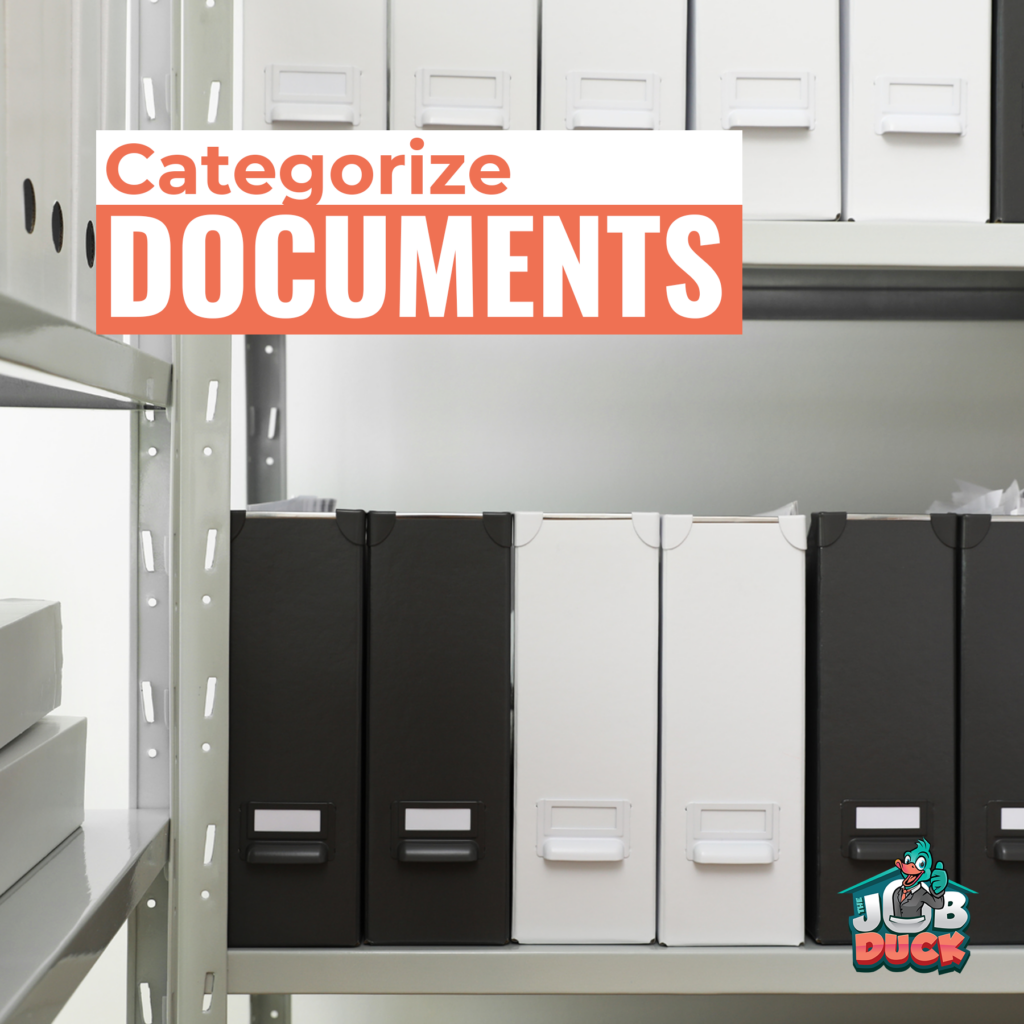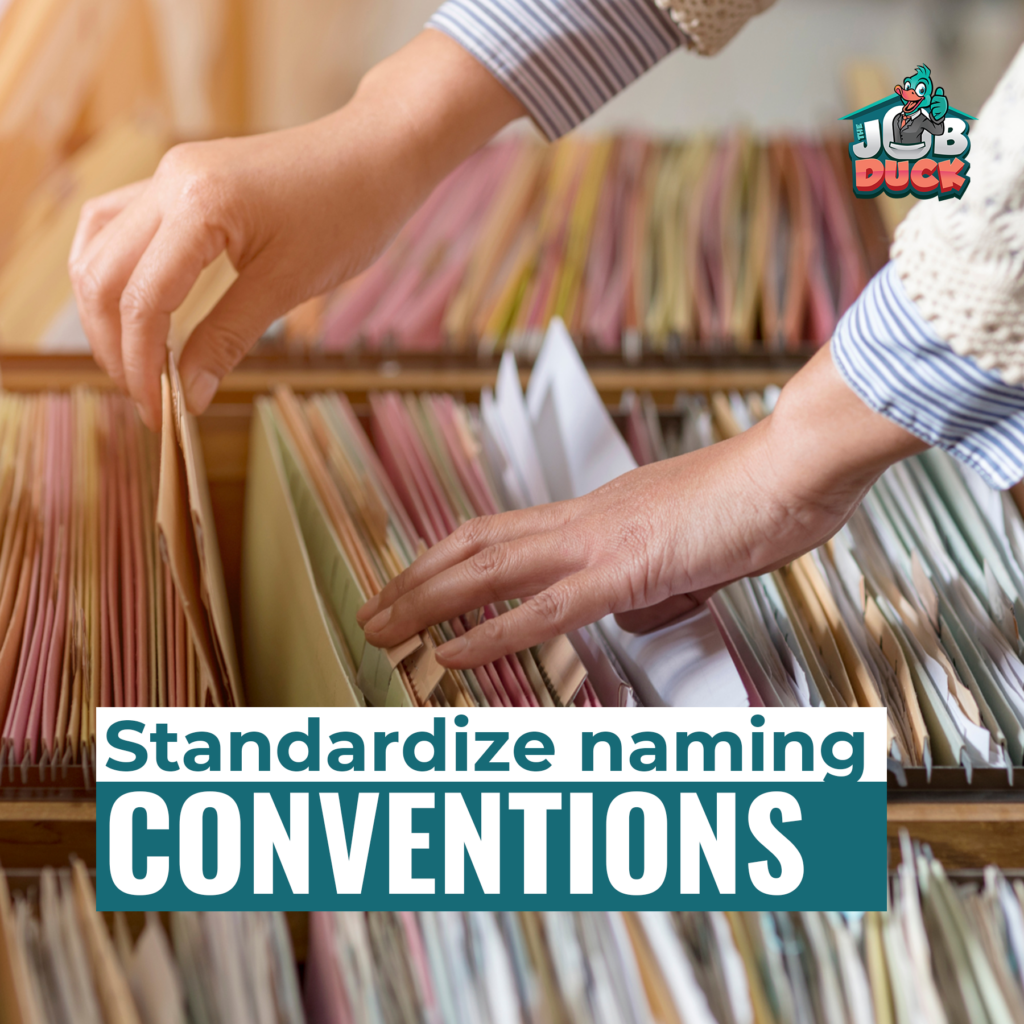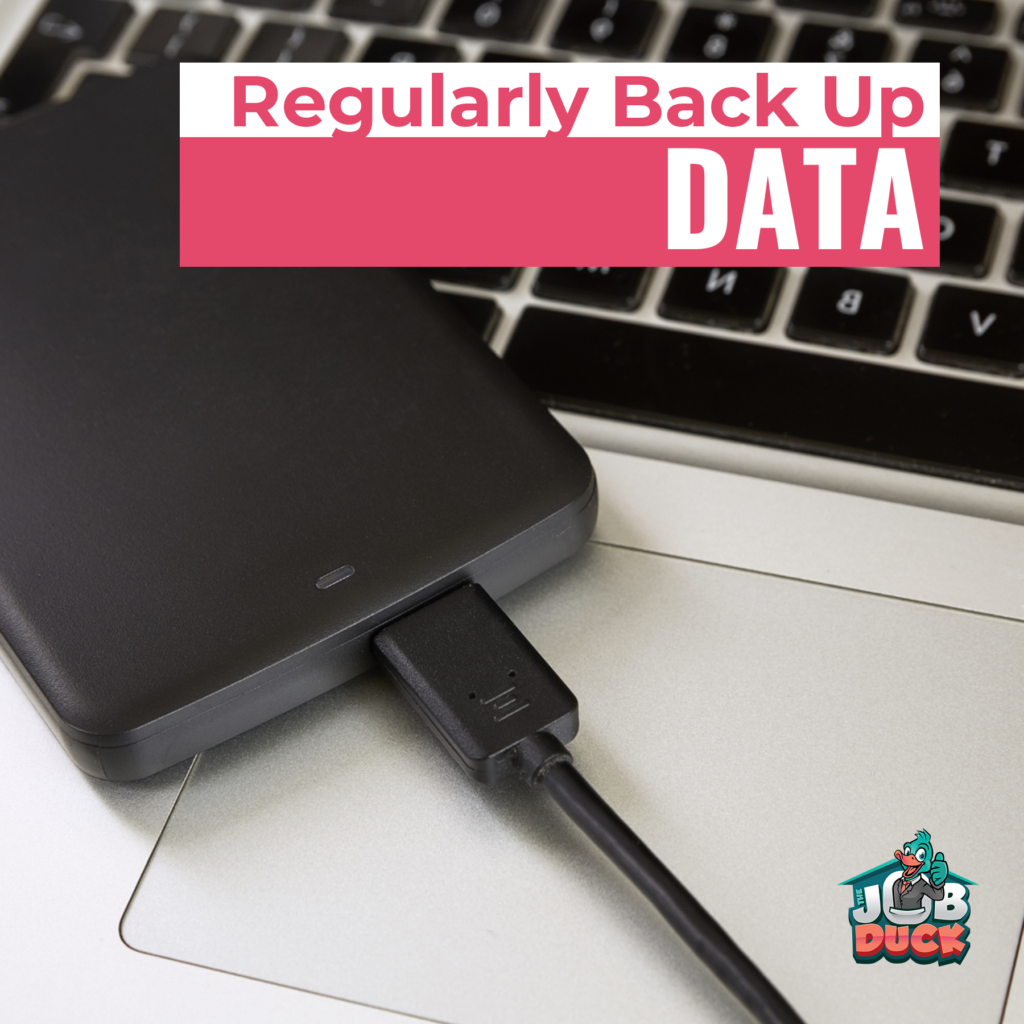
Managing legal documents and records is a vital aspect of any professional setting, especially in the legal domain. Proper organization not only enhances efficiency but also ensures security and compliance.
Here are some key strategies to help you establish an organized system for managing legal documents and records effectively:
Categorize Documents
A really important step in the process of managing legal documents and records is to classify documents based on their type, such as contracts, court filings, or client correspondence.

Think of it as creating a well-organized playlist for your favorite songs, ensuring that each document finds its perfect spot in the digital library, making it effortlessly accessible whenever needed.
Here are some common categories you can use to classify different types of documents:
Contracts: Legal agreements between parties, specifying terms and conditions.
Court Filings: Documents submitted to a court during legal proceedings.
Client Correspondence: Emails, letters, or notes exchanged with clients.
Financial Reports: Documents detailing financial performance, such as balance sheets and income statements.
Invoices and Receipts: Records of transactions and payments.
Standardize Naming Conventions
Develop a consistent and clear file naming convention. Include relevant information such as document type, date, and client name. Standardized names make it easier to locate specific documents quickly.

Format:
Document Type: Use abbreviations or clear terms to indicate the type of document, such as “INV” for invoice, “CNTRCT” for contract, or “RPT” for report.
Date: Include the date of the document using the YYYYMMDD format to ensure chronological sorting. For example, January 15, 2023, would be written as “20230115.”
Client Name: Include relevant client information, initials, or a unique identifier to distinguish documents related to different clients.
Examples:
• INV_20230115_X.pdf: Invoice for ClientX issued on January 15, 2023.
• CNTRCT_20230220_Y.docx: Contract with ClientY dated February 20, 2023.
• RPT_20231210_Z.pdf: Report related to ClientZ from December 10, 2023.
Implement Version Control
Always keep track of different versions of important documents, especially contracts and agreements. Make it clear which version is the latest one so everyone knows which one to use.

Clearly mark different versions and ensure that the latest version is easily identifiable.
This helps avoid confusion and ensures that everyone is working with the most recent and accurate document.
Regularly Back Up Data
It’s crucial to back up legal documents regularly on secure, off-site servers. Think of it as creating a safety net for your valuable digital assets.
Regular backups act as a failsafe, guarding against data loss in the event of accidental deletion or system failures.

They ensure that your documents are not only protected but also easily recoverable, offering peace of mind for any remote worker.
Secure Communication
If you send important legal documents via email or secure messaging, make sure your messages are encrypted. It’s like putting your documents in a strong, secret envelope.

This way, no one else can read what’s inside while it’s being sent. It’s a simple way to keep your information private and secure.
The steps we provided will allow you to establish an efficient and organized system for managing legal documents and records, ensuring compliance, security, and easy accessibility when needed. Any thoughts? Feel free to let us know in the comment section below!
Career Growth Opportunities
Best regards,



